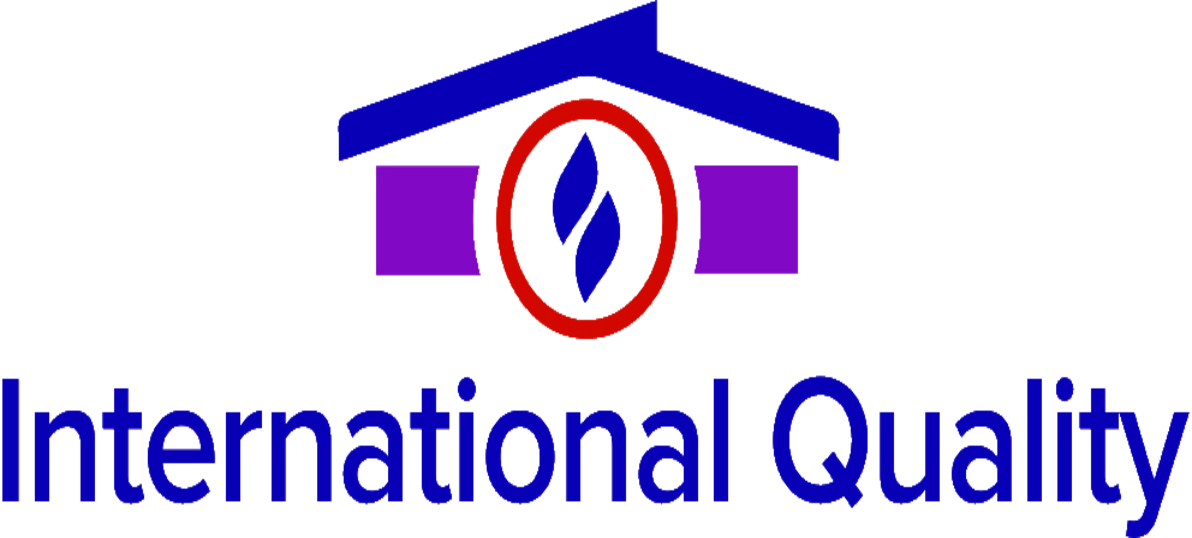Please contact an accountant, attorney, or financial advisor to obtain advice with respect to your business. Businesses use one of these two approaches to perform account reconciliation in various contexts. Account reconciliations are an essential part of financial management in any business. Nigel Sapp is a content marketer at Numeric, partnering with top accountants to break down best practices, thorny accounting topics, and helping teams navigate the world of accounting tech. Similarly, tasks should be properly delegated across team members to avoid overlapping duties. When numbers go awry, an avalanche of financial issues come in its wake meaning that reporting, decision-making, and more are thrown into chaos.
It helps identify discrepancies caused by outstanding checks, unrecorded deposits, bank fees, or other timing differences. Reconciliation in accounting is the process of making sure all the numbers in your accounting system match up correctly. For example, when reconciling your bank statement with your company’s ledger, bank reconciliation means comparing every transaction to make sure they match.
Direct and Indirect Cash Flow
It accounts for transactions related to inventory and accounts payable and reconciles discrepancies. Additionally, it considers factors like the allowance for obsolescence and inventory valuation. This reconciliation involves rolling forward fixed asset balances, accounting for purchases, sales, retirements, and accumulated depreciation. It makes sure that fixed asset and accumulated depreciation balances accurately offset each other in the general ledger. Tick all transactions recorded in the cash book against similar transactions appearing in the bank statement.
Discrepancies in accounting are like seeds for future disappointment & frustration – if you don’t stop them at the root, they will grow into massive headaches down the road. As such, timeliness is crucial for catching errors early and ensuring your financial data stays current. Identifying them ensures you cover all critical areas where discrepancies might occur. Often companies will start with core accounts like cash, deferred revenue, payroll, and AR/AP. Using the bank reconciliation example above, if your spending doesn’t take into account what is the maximum i can receive from my social security retirement benefit the $12,000 in outstanding checks, you can easily overspend available funds. Invoice reconciliation also compares two sets of documents for accuracy, but instead of ending balances, you’re comparing invoice details against a hard copy.
The account reconciliation process also helps to identify any outstanding items that need to be taken into consideration in the reconciliation process. Bank reconciliations involve comparing the business’s financial statements with the statements it receives from the bank. This helps to ensure that the business’s records accurately reflect the transactions that have taken place in its bank account. This is because the general ledger is considered the master source of financial records for the business.
Step 2: Gather Necessary Details from Transaction Sources
In general, reconciling bank statements can help you identify any unusual transactions that might be caused by fraud or accounting errors. The analytics review approach can also reveal fraudulent activity or balance sheet errors. In this case, businesses estimate the amount that the function of a trial steadiness — accountingtools should be in the accounts based on previous account activity levels. Determine if they are due to timing differences, data entry errors, or potential fraud.
- In general, reconciling bank statements can help you identify any unusual transactions that might be caused by fraud or accounting errors.
- If corrections are needed, prepare journal entries to adjust the account balances.
- Reconciling credit cards involves comparing purchase receipts with credit card statements provided by the card company.
- It helps identify discrepancies caused by outstanding checks, unrecorded deposits, bank fees, or other timing differences.
- A team will rarely reconcile every GL account, instead choosing to focus on key accounts like those that might show up on a balance sheet or P&L statement.
How Often Should Individuals Reconcile Their Bank and Credit Card Statements?
The balances between the two records must agree with each other, and any discrepancies should be explained in the account reconciliation statement. Regularly reconciling your accounts, what is unearned revenue definition and meaning especially bank accounts and credit card statements can also help you identify suspicious activity and investigate it immediately, rather than months after it has occurred. And if you never reconcile your accounts, chances are that fraudulent activity will continue. Reconciling credit cards involves comparing purchase receipts with credit card statements provided by the card company. This helps to ensure that all credit card transactions have been accurately recorded in the business’s financial records. Some businesses create a bank reconciliation statement to document that they regularly reconcile accounts.
Without these documents, reconciliation becomes guesswork, leading to potential errors. General ledger reconciliation is the process of comparing the balances in a company’s general ledger to supporting financial documents to ensure accuracy. There are several steps involved in the account reconciliation process, depending on the accounts that you’re reconciling. While reconciling your bank statement, you notice the bank debited your account twice for $2,000 in error. Incorporating these strategies into your reconciliation process not only simplifies the task but also enhances the accuracy and efficiency of your financial management. Integration with accounting software like NetSuite, QuickBooks, Xero, or Sage, especially when paired with Ramp, can be a significant step toward streamlining your financial operations.
